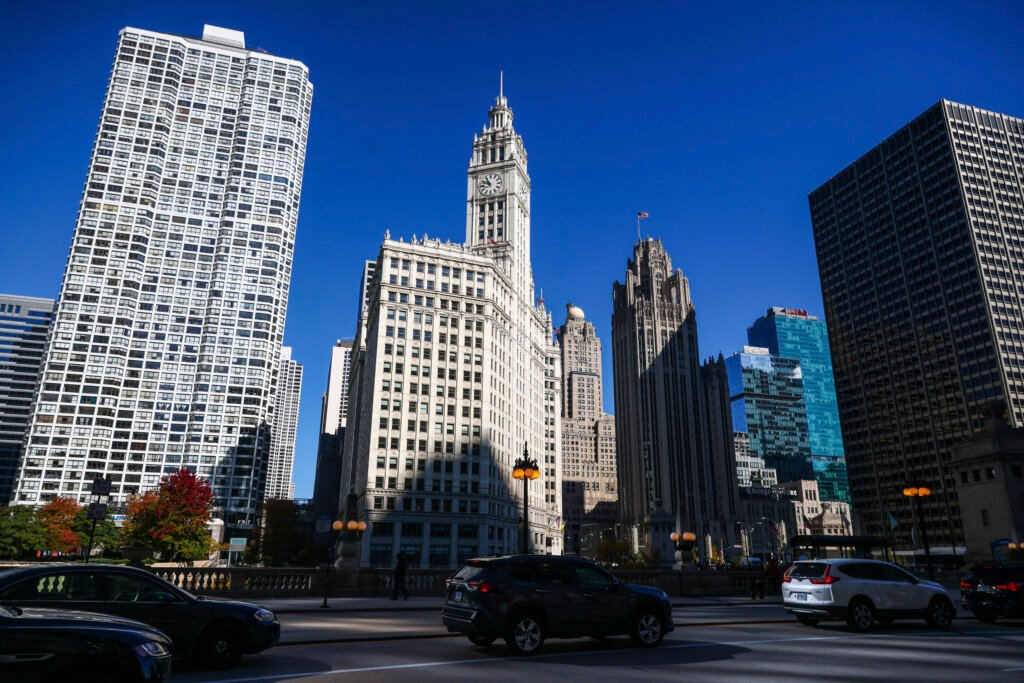Chicago’s White Population Has Declined Sharply Over the Past Century, New Chart Shows

CHICAGO — A recently surfaced chart based on U.S. Census Bureau data is sparking conversation about Chicago’s evolving racial demographics — showing the White population in the city has dropped from 96% in 1925 to just 33% in 2025.
The visual timeline, which has gone viral on social media, illustrates a near-century-long decline in the percentage of White residents in Chicago, marking a significant transformation in the city’s ethnic makeup.
The Data Behind the Decline
The chart was posted by the social account Because We Live Here (@BWLH_), highlighting three key figures:
- 1925: Chicago was 96% White
- 1960: The city was 76% White
- 2025: The population is now 33% White
The steepest drop appears to have occurred between 1960 and 1980, when the White population fell from 76% to 43%, likely driven by major urban shifts, civil rights movements, and a rise in suburbanization often referred to as “white flight.”
Historical Context: Migration and Urban Change
Several factors have contributed to this shift over time:
- The Great Migration of African Americans from the rural South to northern cities like Chicago brought significant change starting in the 1910s.
- Post-World War II suburbanization led many White families to relocate to surrounding suburbs.
- Immigration policies in the 1960s opened the door to larger Latino and Asian populations.
- Economic shifts and housing policies (including redlining and urban renewal projects) also reshaped neighborhood demographics.
What the Numbers Mean Today
As of the latest U.S. Census estimates, Chicago’s racial composition now looks roughly like this:
- 33% White
- 29% Latino
- 28% Black
- 7% Asian
- 3% Multiracial or Other
This diversity has made Chicago one of the most multicultural major cities in the U.S., reflected in its food, politics, neighborhoods, and community life.
A City Continually in Transition
Demographers and city officials often emphasize that such demographic shifts are not just about race — they also reflect economic changes, housing affordability, immigration trends, and generational movements.
While some see the drop in the White population as symbolic of broader social shifts, others highlight the increased representation of other communities that have shaped Chicago’s character and future.
Have you seen changes in your neighborhood over the years? What do you think Chicago’s future looks like with this kind of demographic evolution? Share your thoughts with us at ChicagoMusicGuide.com.
